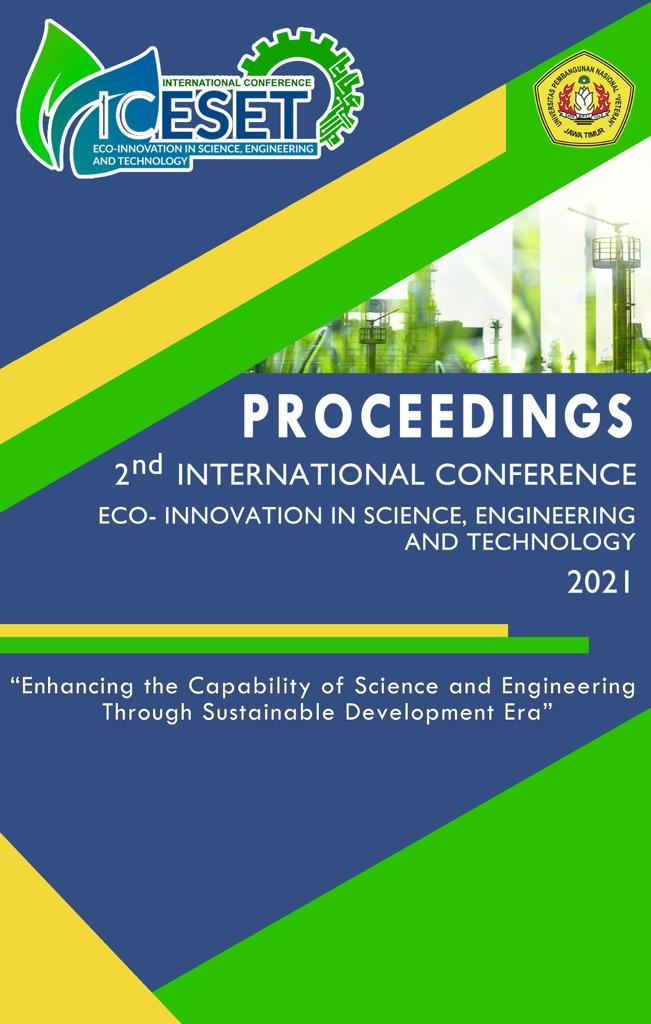Demand Forecasting Analysis of Clay Mask Production Using Time Series Method at PT. Molhar
DOI:
https://doi.org/10.11594/nstp.2021.1431Keywords:
Forecasting, moving average, weighted moving average, single exponential smooothingAbstract
Forecasting is an attempt to predict future conditions through past data. In life, everything is uncertain, it is difficult to predict precisely. In this case PT. MOLHAR wants to analyze the demand forecasting for CLAY MASK products using the time series method. The purpose of this practicum is to be able to analyze the demand for CLAY MASK using the time series method, namely Moving Average 3, Weighted Moving Average 3, and Single Exponential Smoothing and by calculating errors, namely Mean Square Error (MSE), Standard Error Estimation (SEE), Mean Absolute Percentage Error (MAPE), Mean Absolute Deviation (MAD) which will then choose the most appropriate method and ensure that the method used is good to use. demand for sales of CLAY MASK in the following month is 762 units.
Downloads
Downloads
Published
Conference Proceedings Volume
Section
License
Copyright (c) 2021 Moch. Syahrul Amrullah, Kinanti Resmi Hayati

This work is licensed under a Creative Commons Attribution 4.0 International License.
Authors who publish with this proceedings agree to the following terms:
Authors retain copyright and grant the Nusantara Science and Technology Proceedings right of first publication with the work simultaneously licensed under a Creative Commons Attribution License that allows others to share the work with an acknowledgement of the work's authorship and initial publication in this proceeding.
Authors are able to enter into separate, additional contractual arrangements for the non-exclusive distribution of the proceedings published version of the work (e.g., post it to an institutional repository or publish it in a book), with an acknowledgement of its initial publication in this proceeding.
Authors are permitted and encouraged to post their work online (e.g., in institutional repositories or on their website) prior to and during the submission process, as it can lead to productive exchanges, as well as earlier and greater citation of published work (See the Effect of Open Access).














